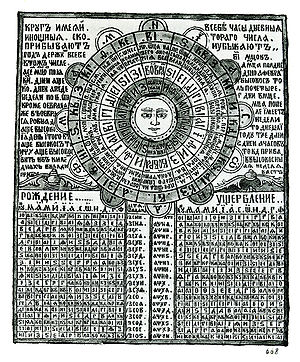
In its science section today, the Guardian / Observer ran a story about a mysterious sheen found on the rocks of many deserts:
These layers of manganese, arsenic and silica are known as desert varnish and they are found in the Atacama desert in Chile, the Mojave desert in California, and in many other arid places. They can make the desert glitter with surprising colour and, by scraping off pieces of varnish, native people have created intriguing symbols and images on rock walls and surfaces. […]
Professor Carol Cleland, of Colorado University, has a very different suggestion. She believes desert varnish could be the manifestation of an alternative, invisible biological world.
The suggestion is that alongside life on Earth as we know it there may be other forms that arose entirely separately and remain virtually invisible to us. It’s a very interesting story and I urge you to read it all. I really only have one problem with it.
It’s not science.
There’s a serious debate going on right now about what is good science journalism, what forwards public understanding. This doesn’t. It’s presented in a science column, it concerns science-oriented things like biology and geology, it even seems to be putting forward a hypothesis. But it isn’t science. Actually it’s philosophy.
And as philosophy, I like it. I don’t mean that as any sort of faint praise. Philosophy is important, and too much these days it seems – bizarrely – to be afraid of the big issues. This is as bravely speculative as good science fiction, which I also mean as a high-order compliment. It’s an interesting idea, and I have no reason to doubt that a wholly alternative form of life could exist on Earth.
The problem is, that is the only argument being offered here – that it could exist. The desert varnish thing is placed in the article as if it were some sort of pointer to, even evidence of, its existence. But it’s not. The process here is actually running in the opposite direction, not from the phenomenon but from a question: “Logically the chemistry of life could work in different ways, so why doesn’t it?”
It’s a good question. “What if it does, and we’ve just missed it?” is an excellent answer to that question.
The problem I have is with the next step. “Maybe the evidence for it is this other thing we can’t explain.”
That is only speculation. If there is no falsifiable hypothesis being made about how shadow bioforms could be causing the desert varnish then it’s really nothing to do with science. A best it’s just a suggested area of enquiry. It sounds more like a guess.
And this question matters – both scientifically and philosophically. It’s challenging in fact to imagine a bigger one we might ever be able to answer by means of science. Just how likely is it that life came into being, that chemicals somehow arranged themselves in a self-replicating way? If we had evidence of a “shadow biosphere” so different from the one we know that it couldn’t possibly be related to us, it would strongly suggest that life arose more than once even on a single planet. And therefore, that we probably live in a crowded and lively universe.
It would also suggest that the tendency to self-organisation is somehow innate to the laws of nature. Perhaps our minds, our culture and civilisations, are manifestations of that tendency too.
When we don’t find evidence for alternative life, that lends weight to the view that its appearance here in Earth was extraordinary, a trillions-to-one chance event. In that case, this planet may hold the only life in the universe. Which is interesting, scary, inspiring – and quite a responsibility.
It is a vast question of almost unimaginable consequence, so it is exasperating to find something held up as the answer when in fact there is no evidence at all. No one could write an article like this who thought it really mattered.
Related articles
- Life on Earth… but not as we know it (guardian.co.uk)



